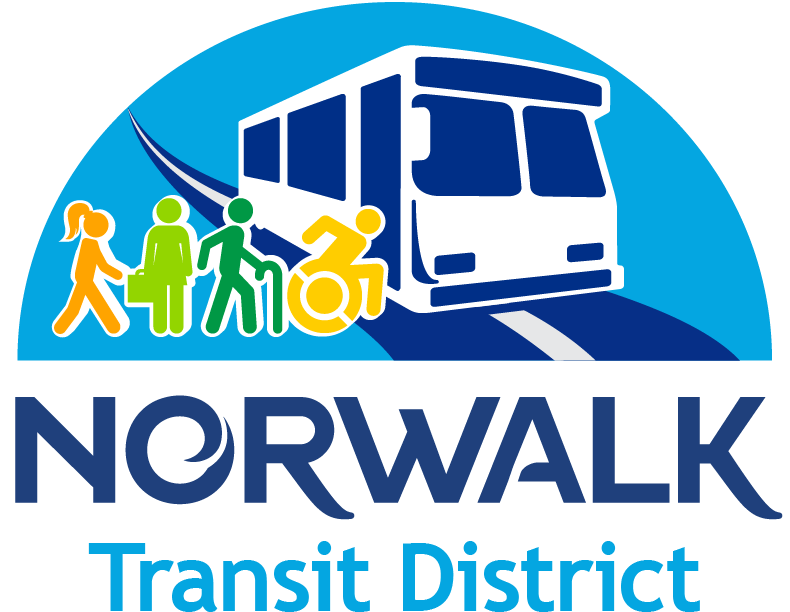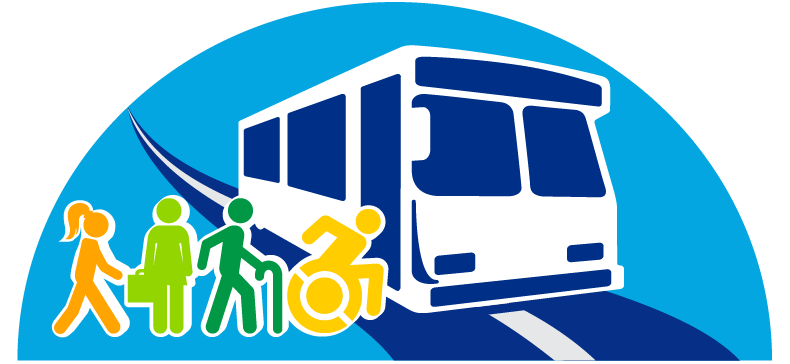Accessibility
Accessibility for All
Ensuring all riders have access to jobs, education, and community is critical. Here you will find information about our policies, procedures and services that are available for people who have disabilities, language barriers, or other needs.
Services for People with a Disability
There are several transportation options for people with a disability. Find the one that’s right for you.

Fares & Passes
The cost to ride WHEELS Buses is 50% off for people with a disability.
$2.00
1 Day Unlimited
Available only on the bus.
$8.75
7 Day Unlimited
$35.00
31 Day Unlimited
how to obtain proper id
to board at half fare
1
ADA Identification Card
2
Connecticut State
Elderly/Disabled Card
3
Medicare Card
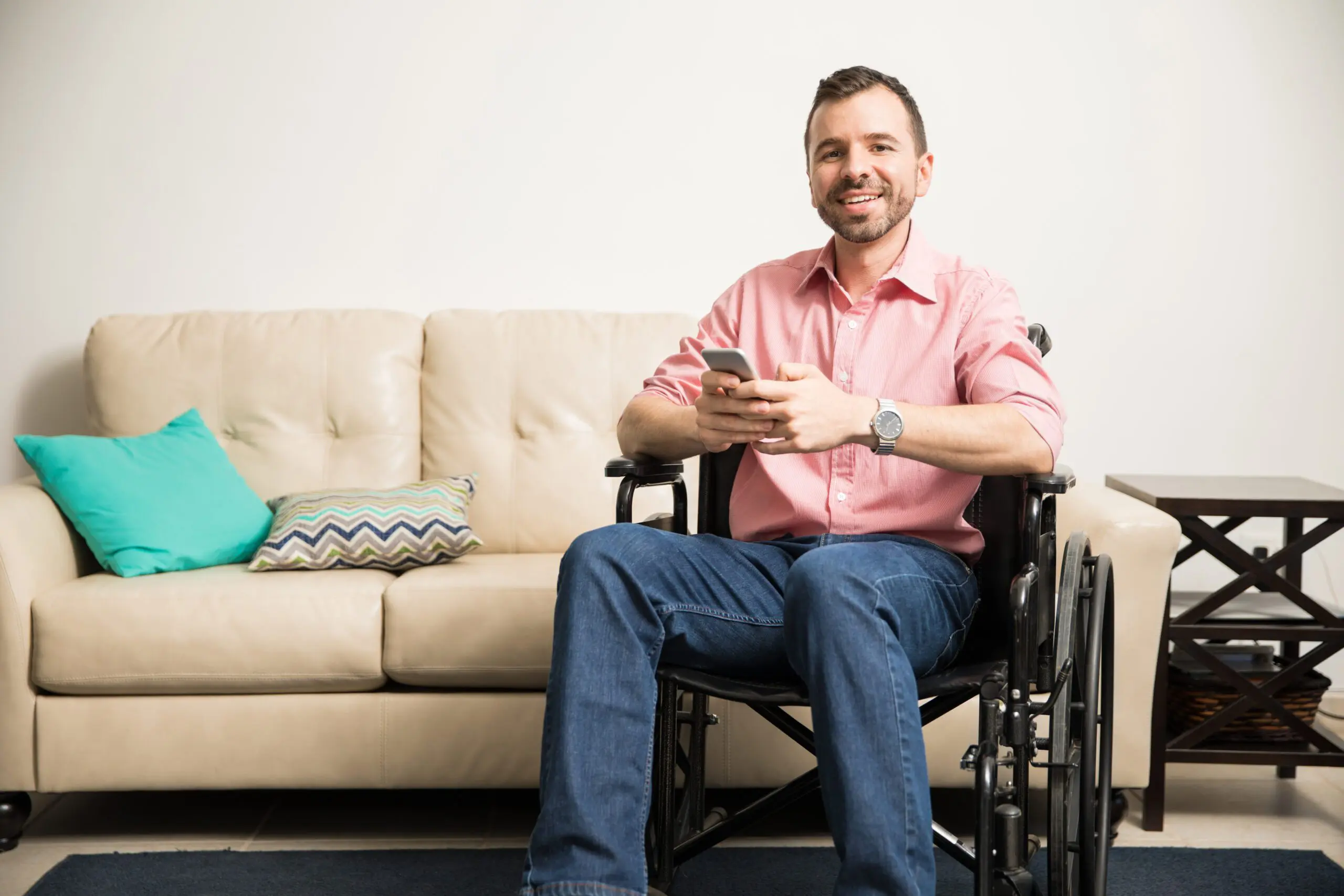
Reasonable Modifications
NTD considers reasonable modifications to its services to assist riders with disabilities and to ensure that any individual’s disability does not preclude her/him from having full access to any NTD service. If you have a special request, you can find out more about reasonable modifications by calling 203-852-0000.
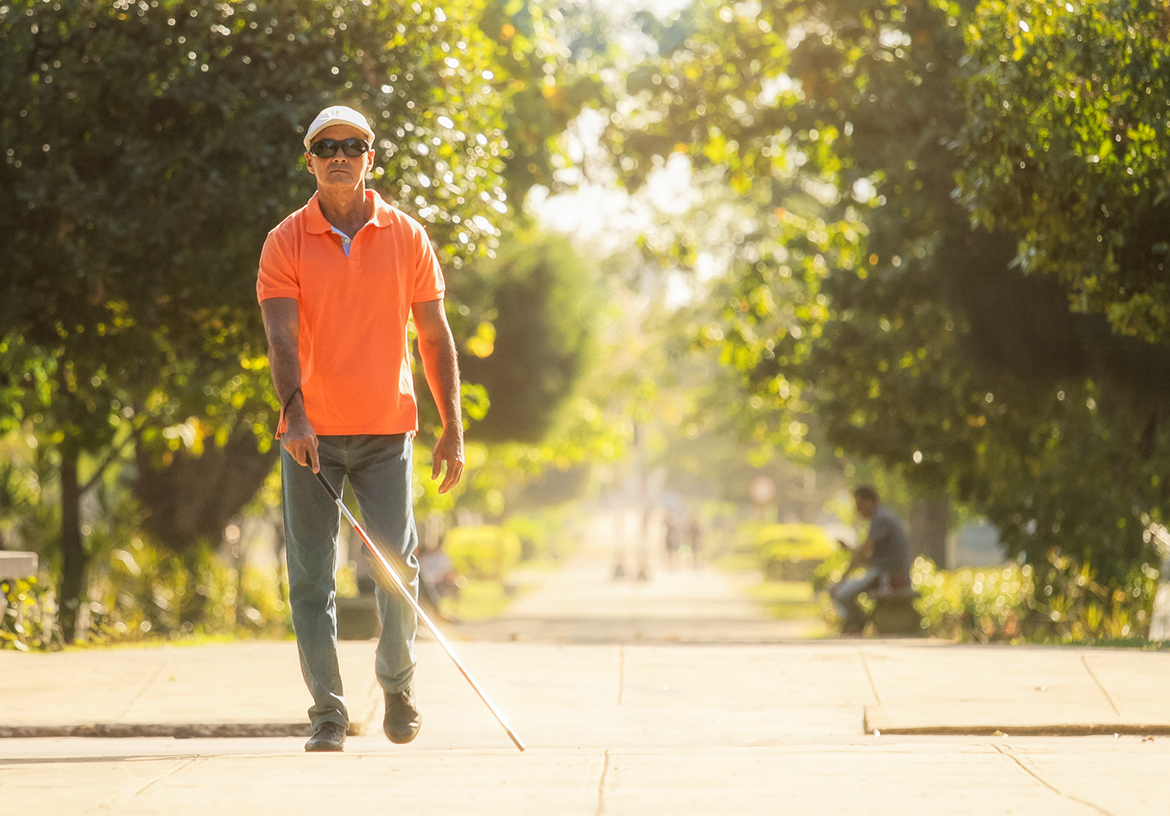
Accessible Formats
Information is available in alternative formats including, but not limited to, Braille, large print, audio, or electronic media. Anyone requesting service information or assistance in any accessible formats may call the Customer Service Department at 203-852-0000.
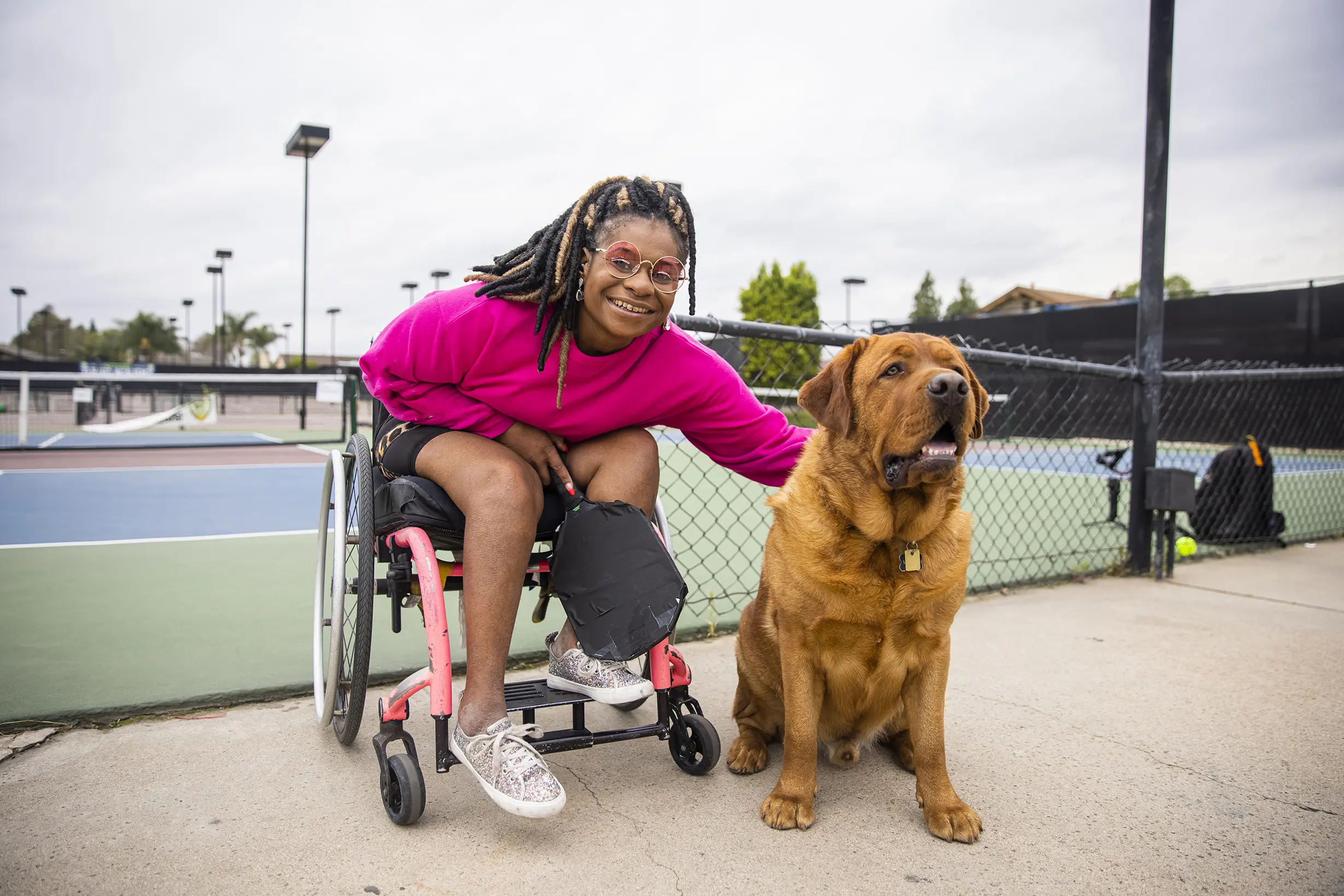
Service Animals
You are welcome to travel with your Service Animal on all NTD services.
If you are taking a scheduled paratransit trip, please inform the Customer Service Representative when you are making your reservation.
All riders are asked to show consideration for these working animals and their owners, who have the right to travel on NTD vehicles.
A service animal is not allowed to occupy a seat on the bus.
A Service Animal is any guide dog, signal dog, or other animal individually trained to work or perform tasks for an individual with a disability, including, but not limited to, guiding individuals with impaired vision, alerting individuals with impaired hearing to intruders or sounds, providing minimal protection or rescue work, pulling a wheelchair, or fetching dropped items. While most service animals are dogs, NTD recognizes the possibility of other types of service animal.

Guidelines for Wheelchairs and Other Mobility Devices
A wheelchair is defined in the regulations as “a mobility aid belonging to any class of three- or more- wheeled devices, usable indoors, designed or modified for and used by individuals with mobility impairments, whether operated manually or powered.”
The definition is consistent with the legislative history and intent to accommodate the wide range of devices used by individuals with mobility impairments. The definition does not include devices not intended for indoor use (e.g., golf carts or all-terrain vehicles) or devices not primarily designed to assist individuals with mobility impairments (e.g., bicycles or tricycles).
ADA operators must carry any wheelchair and occupant regardless of size and weight if the lift and the vehicle can physically accommodate them, unless doing so is inconsistent with legitimate safety requirements. Legitimate safety requirements include such circumstances when “a wheelchair was of a size that would block an aisle, interfering with safe evacuation of passengers in an emergency.” A wheelchair user’s request to board a paratransit vehicle separately from his or her device when the occupied weight of the device exceeds the design load of the vehicle lift should generally be granted.
ADA operators are also not required to permit wheelchairs to ride in places other than designated securement locations in the vehicle. NTD’s safety policy requires a 4-point securement for wheelchairs. Riders using three-wheeled scooters are strongly encouraged to transfer out of their scooter into the seat of the Paratransit vehicle whenever possible.
Scooters cannot always be adequately secured and may present a safety hazard to the user, the driver and other riders if individuals are transported seated in the scooter. Riders who are transferable are able to move from their mobility device to the seat of the vehicle, and back with a minimum of assistance from the driver. A minimum of assistance is defined as a driver extending an arm or stabilizing the mobility device while the rider transfers. Drivers are prohibited from lifting or carrying riders. Also use of the shoulder and lap belt, while not required, is recommended for the rider’s maximum safety.
